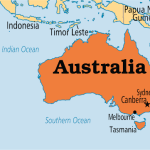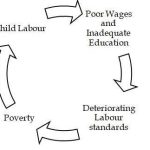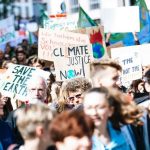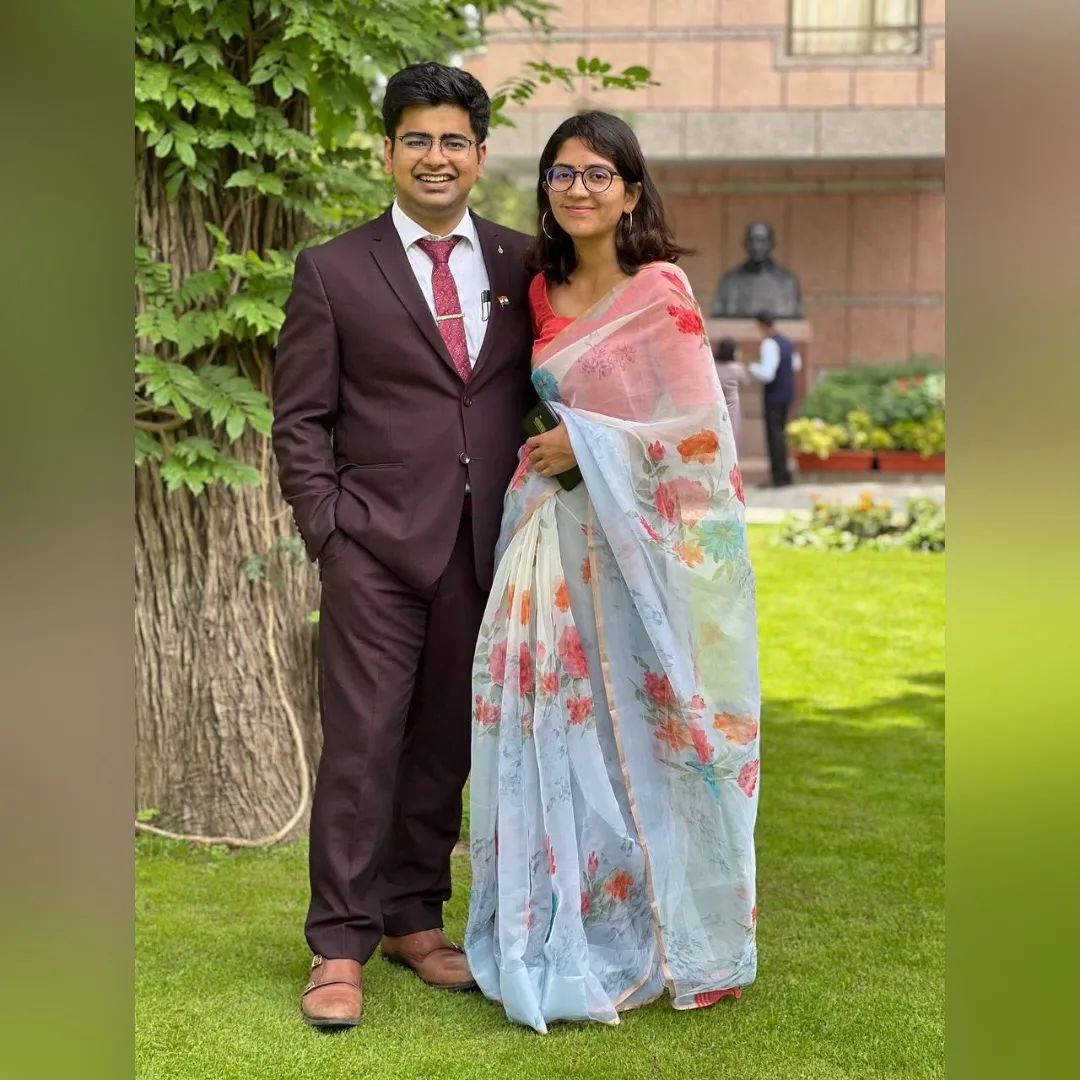
Urbanization
Introduction
- Process of becoming urban—moving to cities, from agri to other pursuits & corresponding changes of behavior patterns.
- 2018 World Urbanization Prospects— India’s urban pop will rise to 52.8% in 2050.
- Oxford Economics report—Indian cities will make up 17/20 most fastest-growing cities in world b/w 2019 & 2035
Attributes of Urbanisation
- Economic—Industrial, service sector, Trade & commerce, Gig economy
- Political—Democrartisation, HRs awareness, Social media etc
- Social—
- S-E mobility, ↑ opp
- ↑ Women Status— ↑ Edu, liberal, Independent & Rights assertion (-ves—> ↓ wages, Trafficking + prostitution)
- ↓ Caste rigidities
- “Melting pot”, Cosmopolitanism
PROBLEMS—
- Proliferation of Slums→
- Diseases, social tensions, Poor WASH
- UN centre for Human Settlements (UNCHS)—Concept of “Housing Poverty”
- Overcrowding & Urban sprawl → ↑ pressure on infra & resources
Solutions—Ring towns, satellite towns, counter magnets
- Other social issues—
- Unemployment, Child labour, Beggary
- Lack of social security, ↑ inequalities
- Urban Crimes—Trafficking, sexual assault, Juvenile Delinquincy
- Infra Bottlenecks
- Env issues—Energy crisis, Pollution, Climate change, UHI, Disasters
- Water Insecurity— ADB forecast India will have a water deficit of 50% by 2030.
- Transportation Problem→ congestion
- Equity Issues: Unplanned urbanization in India has led to gentrification (as per upper and middle socio-economic class) of city centres and lower income groups are forced to live in peripheral suburbs
- Issues in Urban Governance—
- Not Constituted MPC— were envisaged as agency for integrated planning
- Weak municipal capacities + lack of 3Fs
Steps taken
- Urban Infra + ↑ Ease of living—
- SMART city—Dev core infra & + App of ‘Smart’ Solutions.
- AMRUT—Transform urban living conditions through infra upgradation & provisioning of civic amenities
- PMAY (U)— Housing for all by 2022
- HRIDAY— Preserve & revitalize heritage cities— ↑ tourism
- Urban Transport
- National Urban Transport Policy— To ensure safe, affordable, reliable & sustainable P.T
- Sustainable Urbanization
- National Mission on Sustainable Habitat—↑ energy efficiency through ECBC, solid & liquid waste mgt etc
- RURBAN—Bridge R-U divide to check Migration + de burdening urban areas
- Climate Smart Cities Assessment Framework (CSCAF) 2.0—Roadmap for climate-sensitive approach to urban planning
- Governance steps— Ease of Living Index, MPI
- Urban Livelihood
- DAY-NULM
- PM SVANidhi scheme for street vendors
Way Forward:
- Env way forward—
- Climate-centric Urban planning— Green Mobility
- ↑ green cover—Afforestation (Nagar van scheme)
- Concept of “Sponge cities”
- Urban Planning—
- Integrated City Planning—Based on models like TOD, scientific waste mgt
- Sewarage Mgt—Need of Blue-green infra—”sustainable urban drainage systems“
- Waste Mgt—Timarpur Okhla Municipal Solid Waste mgt is 1st commercial waste-to-energy facility— got carbon credits from UNFCCC
- Governance reforms—
- Fiscal decentralization, municipal bonds
- ↑ 3Fs in ULBs
- Leverage data analytics
- Social Infra
- Public Health system— Delhi model of Mohalla clinics
- Food & nutrition, Clean drinking water
- Rent Control
- Assured wage employment like MGNREGA
- Himachal model—MM Shahri Ajeevika Guarantee Yojana—120 days of guaranteed wage employment
- NITI Aayog:
- Raise funds by municipal bonds.
- Est Waste to Energy Corp of India to spread use of Waste to Energy plants
- Encourage vehicle-sharing systems such as Ola and Uber.
- 2nd ARC—
- PPP for collection & disposal of garbage
- Est Urban Transport Authorities, for coordinated planning & implementation of urban transport
- Reduce distress migration—
- Create employment in rural areas:—MGNREGA
- Infra facilities in rural areas: PURA & RURBAN
- Green, Sustainable, Resilient & low-carbon infra
- Explore new concepts–
- “24 hour city”
- Night time economy—Promoting Entertainment activities etc for vibrant night life + increasing economic yields
- Congestion pricing—To disincentivise Pvt vehicles
Urban Transport
Problems faced by Urban Transport
- Inadequate Public Transport—China has 6 bus/1000 but India has 4/10000
- Urban Vehicular Pollution
- Urban Congestion—Overcrowding in public transport
- Road safety- Traffic injuries & fatality
- Equity Issues
- Mobility for women—Safety
Govt steps for Urban Transport
- JNNURM-To improve public transport in larger cities
- National Urban Transport Policy, 2006–For safe, affordable, reliable & sustainable urban transport through multi-modal public transport systems.
- Green Urban Transport Scheme, 2016–Improve non-motorised transport
- Mass Rapid Transit/ Transport Systems (MRTS)
- Bus Rapid Transport System (BRTS)
- National ToD Policy, 2017–To promote living close to mass urban transit corridors
- Promotion of EVs–FAME scheme
NITI Aayog Recommendations:
- Calls for a 3C Framework (Clean, Convenient and Congestion free) for transforming mobility in India–To achieve this, it lays down action-agenda:
- Connect Bharat– Through Safe, Adequate & Holistic Infra (SAHI)
- Promote Seamless Public Transport:
- Data-driven planning & urban transport
- Focus on multi-modal systems
- Adoption of EVs & non-motorized transport
International Best Practices:
- Singapore:
- Mexico- Right to Mobility law
- Ahmedabad BRTS Corridor–Advanced Vehicle Tracking System, Automatic Fare Collection System.
- New models
- Metro Neo—Mass rapid transit system providing low-cost, energy-efficient & eco-friendly urban transport solutions for tier 2 & tier 3 cities
- Metrolite— Light Urban Rail Transit System On lines of metro rail—with lesser capacity at much less cost
Stuff
- C-40 cities Summit
- Cities shd take lead for mitigating C.C
- Kolkata awarded for green mobility.
- Ajay Maken vs UOI—Idea of “Right to the City” was invoked—means to uphold rights of slum dwellers.
Key word
- Chaotic urban dev
- Magnets of economic growth
- Economies of agglomeration
- Inclusive & Sustainable urbanization
- To make Cities ‘truly smart’ & more efficient. Cities r Key for India’s transition to “New India”
- INCLUSIVE CITIES (SDG-11)—
- Values all people & their needs equally.
- All residents including have a rep voice in Gov, planning
- All have access to sustainable livelihoods, affordable basic services-WASH, electric
- Safe and affordable housing
- Global Livability Index 2019– by EIU
Slum
- UN-Habitat identify 5 criteria of living condition that households in slums usually lack—
- Durable housing of a permanent nature
- Sufficient living space
- Easy access to safe water
- Access to adequate sanitation
- Security of tenure
Why is there a rise in Slum?
- Migration is not incorporated in urban policies
- Inequalities— Cities divided into centre & Fringes / Periphery
- Lack of affordable housing
- Ghettoisation—Sub culture of poverty
- Social backwardness forces people to live in congested areas away from main areas.
Essay
- Villages & suburbs serve cities as tributaries to river, with streams of people coming to eventually settle down & become a part of this urbanisation.
- “Urbanisation can be prevented from turning ugly not by keeping people away from cities but by taking cities to where people already live.”—This needs a holistic approach of developing urban & rural India in a mutually-symbiotic manner.
- Both in terms of physical & social infra—Healthcare, education, ICT, and employment.
- De-stress the cities & let them bring world-class infra, amenities, and ease of living to their people.
- Need for complementing public amenities for marginalised city dwellers + in rural regions with quality, affordable services leading to a reverse migration in a positive sense.
- It is imperative that the country moves from being a “reluctant urbaniser” to one that embraces urbanisation as a transformative force that can deliver an improved quality of life for all its citizens.












![UPSC CSE Topper Mains Answer [Part 2] images-2023-06-17T192027.770](https://iasbio.com/wp-content/uploads/2023/06/images-2023-06-17T192027.770-150x150.jpeg)


![UPSC CSE Topper Mains Answer [Gaurav Agarwal] word-image-10753-1](https://iasbio.com/wp-content/uploads/2023/06/word-image-10753-1-150x150.png)
